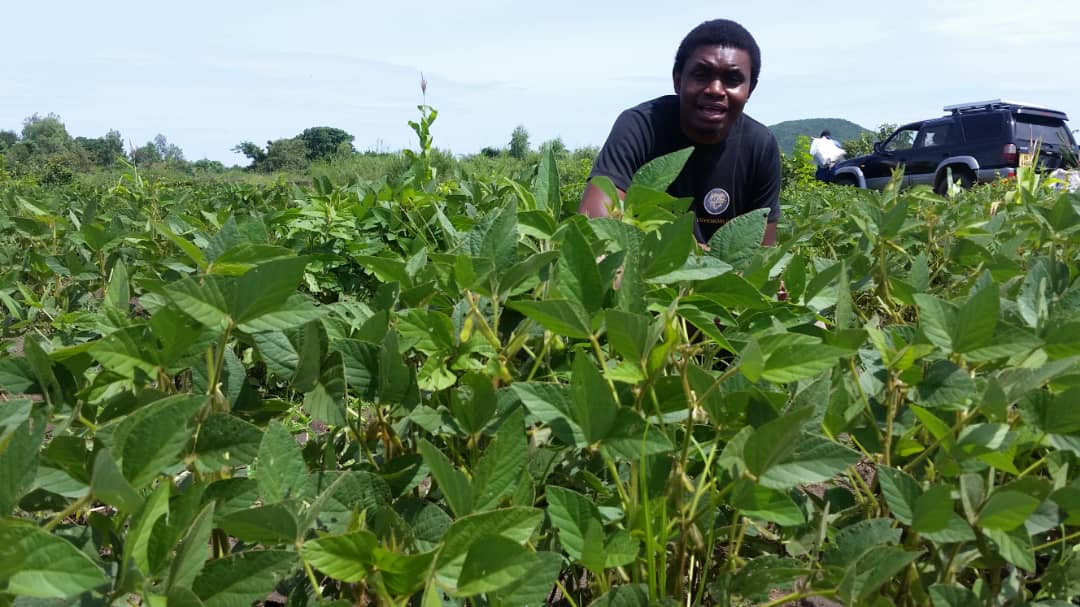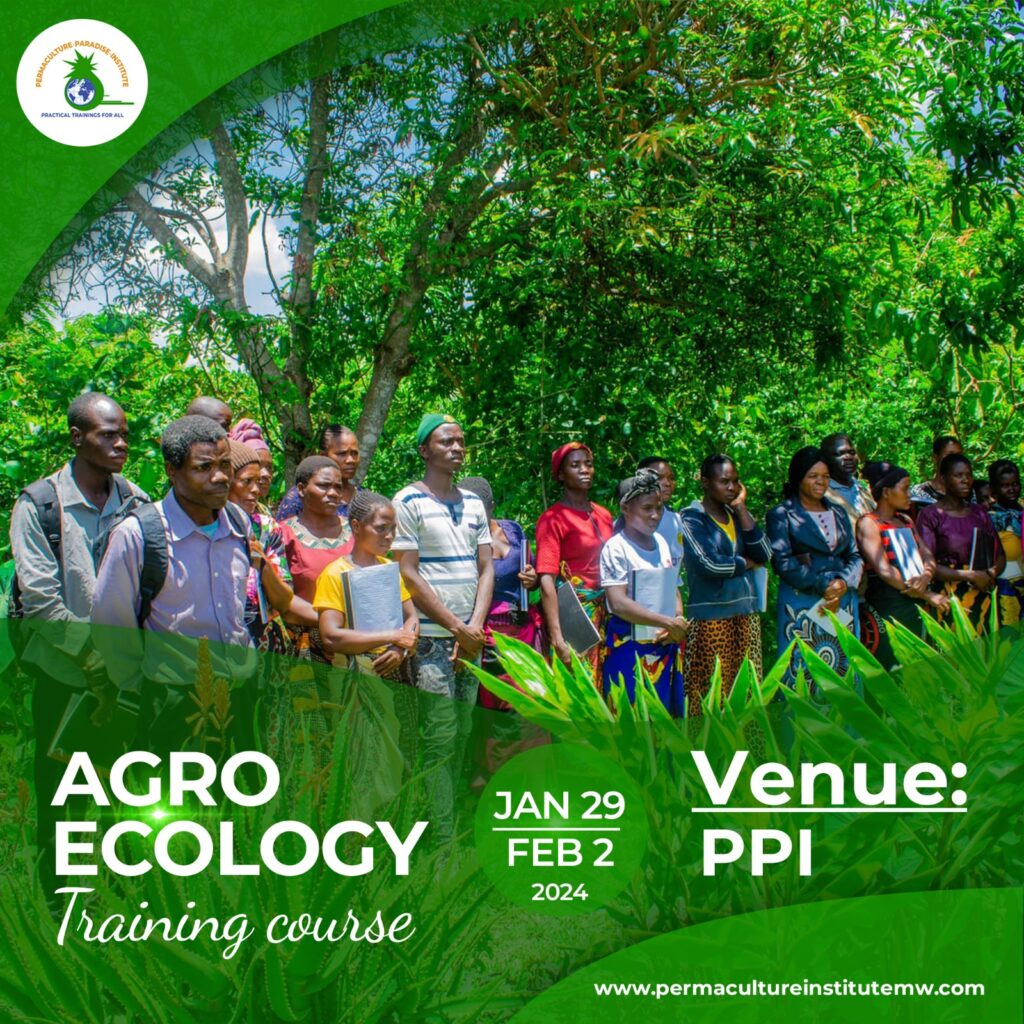In April 2020, the Permaculture paradise Institute partnered with the United Methodist Church of Resurrection to establish a permaculture development farm and a farmers’ training center. The aim of the partnership was to demonstrate to the local community on how to grow food using locally available resources. It was noted that most of the farmers in the communities of GVH Bokosala, Traditional Authority Chakhaza in Madisi, Dowa District often face hunger challenges because they fail to produce enough food for their families as they are unable to purchase fertilizer.
The project’s main objective and commitment is to make the Central Region of Malawi a model in embracing sustainable farming practices. The project will help improve livelihoods and alleviate poverty. It will also serve as a motivation to initiate participatory practices in promoting sustainable development initiatives among the resource poor rural community members. The long term goal is to have a well-established Permaculture demonstration and training center that is self-sustained where all the operations of the farm are supported by proceeds generated from the same farm. In addition to that, have the ability to offer trainings to peasant small scale farmers from the surrounding communities on the dangers posed by unsustainable farming practices and importance of ecologically sensitive farming practices.




Like most Malawian fields, the land we were working on was completely bare, the farm practiced rain fed agriculture and monoculture. All the trees were cut each and every year to create room for cultivation of short term crops, no diversification was practiced, and there were no interactions and functionality of elements. Bearing in mind that the planning of one aspect of a design in a permaculture system influences other aspects, we developed a logical order to help us decide what activity to carry out first. We grouped the elements from the hardest to change (climate) to the easiest (soil). This guided us in placing the elements in a way that they couldn’t conflict with the elements placed earlier in the design or the ones which were already there before permaculture design.
To prevent chaos, we organized the elements in a way that each factor would fit in with those which were already there and those implemented earlier in their natural order. The design was like a womb and a reason for the choice of all the techniques on how to do what and all the strategies on when to do what. The design map was a visual representation of all the elements and plans highlighting specific placement and patterning of all proposed elements and ideas. They were placed in specific areas to play specific functions in order to mitigate, eradicate or facilitate all the issues highlighted in the site analysis report and on the base map.
Since Permaculture is an ethical system, stressing positivism and cooperation, all the proposed elements were first thought and analyzed thoroughly to make sure that they were in line with Permaculture guiding Ethics and Principles. Which are to care for the Earth, (includes all living and non-living things, such as animals, plants, land, water, and air), People (promotes self-reliance and community responsibility) and return surplus. From that we can deduce that all living organisms are not only a means to an end but an end. In addition to their instrumental value to humans and other living organisms, they have an intrinsic worth.
This design is multi-dimensional and holistic. In just 12 months, we managed to have15, 500 tree seedlings in the nursery and over 40 different plant species in different zones on the farm. We have planted 240 different types of food trees in the food forest, vegetables around structures, constructed fish ponds, and introduced rice farming.
University students continue to apply for internship and we have had a lot of interested individuals and common interest groups come through for educational visits to learn how Permaculture farms are set from the beginning. Several individuals have shown interest to take the short 5 day courses and be initiated in Permaculture practical design. We believe Permaculture can feed the world with proper and thoughtful designs.



